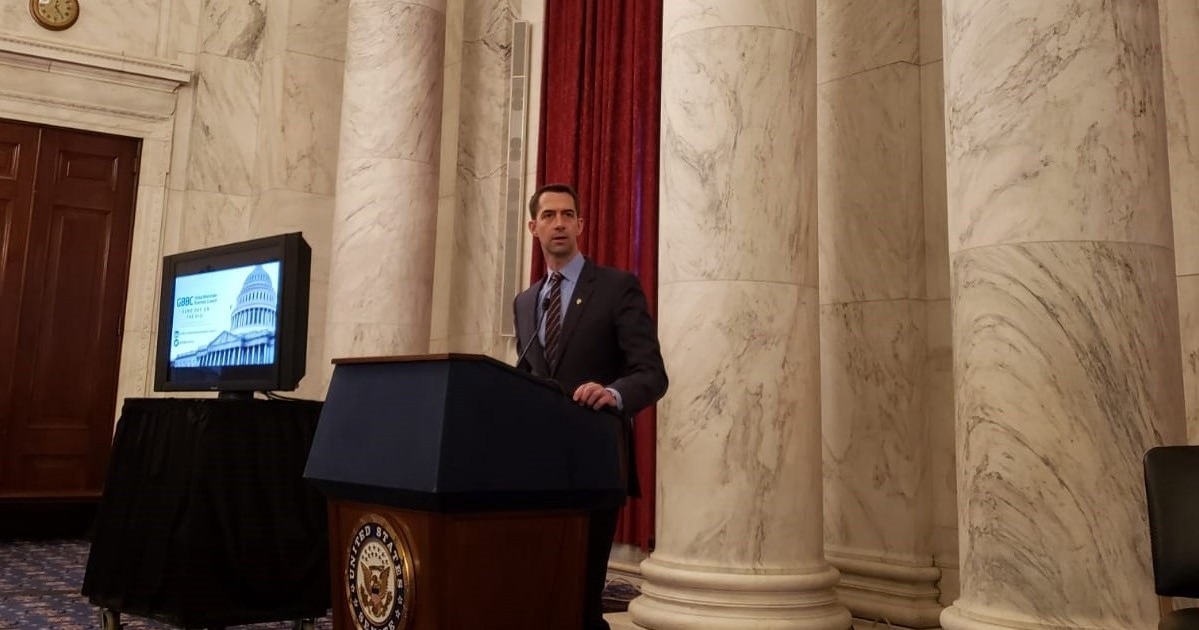


Earlier this month, I represented the Orbs team in Washington DC for “Demo Day on the Hill”. The event was organized by the Global Blockchain Business Council in conjunction with The Congressional Blockchain Caucus.
The Congressional Blockchain Caucus is a bipartisan group promoting the future of blockchain technology and shaping the role Congress plays in its development. It is headed by Rep. Darren Soto and joined by Representatives Tom Emmer, Bill Foster, and David Schweikert as leaders of the Caucus.
The audience was a healthy mix of legislators, legislative aids and staffers focused on innovation and fintech, local DC area academics, companies and startups.
I had the privilege of presenting the Images Copyright Registry launched by the Hexa Foundation on the Orbs Blockchain infrastructure, and the process by which we at the Orbs team identify value in blockchain use-cases. With the proliferation of online and social platforms, it is becoming increasingly complex to verify the source and authenticity of digital content. Ensuring copyright protection and proper usage of visual content online, especially with regards to images and photos, depends on the ability to verify origin. Many creators and content providers wish to expose their work to the public and monetize it online, but currently this exposure carries with it the risk of abuse. There are no copyrights registries for images, and in case of infringement, ownership is hard and expensive to prove.
Beyond rights management, today’s news media world is experiencing grave challenges with data authenticity. With the growth of User Generated Content (UGC) and reliance on social media as a primary source of news, the misuse and misrepresentation of news content have become an epidemic. News consumers find it increasingly difficult to ascertain the source and authenticity of news items, while content creators cannot control the use of their content.
In order to create a trusted images copyright registry, the Orbs team created a simple solution that can be added to any app or service that provides services for the creation, storage or sharing of images. For every image added to the service, a hash (unique identifier) is created which is recorded on the blockchain, along with any relevant meta-data, owner’s information, a timestamp, geographic location, licensing and more. Thus we create a decentralized database that is extremely hard to manipulate, that can be used by creators to prove ownership over their images and by news consumers to verify the publisher’s metadata of a picture or video.
In addition to being a tool for proving ownership, such a registry can be used to create different services, such as:
As a partner of and having worked with the GBBC this past year, I was not surprised at how well organized the event was, or the quality of participants. What did positively surprise me, however, was the high level of understanding of the technology and its applications by the Senate and Congress leaders of the Blockchain Caucus. Rep. Schwekert for example, spoke at the summit about the importance of blockchain for solving real problems, giving examples of product components percentages to authenticate the production origin and decentralized identity verification for local governments and social services. Senator Tom Cotton delivered the opening remarks with a strong goal of “How do we make sure the United States is the friendliest, most hospitable country to blockchain?”.
It was exciting to see that leaders on the Hill understand that blockchain applications span beyond payments and that they are looking forward to opening doors for the industry to promote innovation across the US!
More on this event here: Notable Remarks & Key Takeaways from the GBBC’s Demo Day on the Hill

We use cookies to ensure that we give you the best experience on our website. By continuing to use our site, you accept our cookie policy.